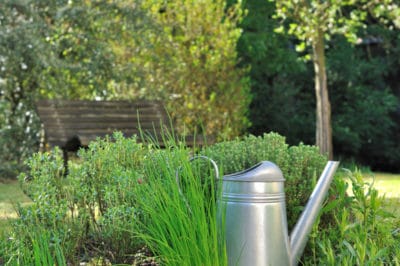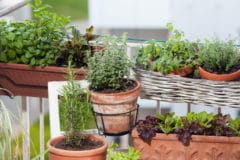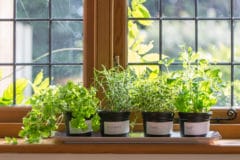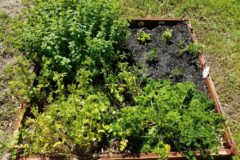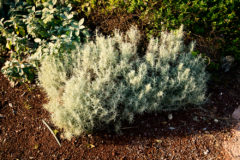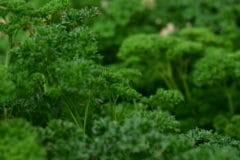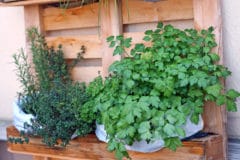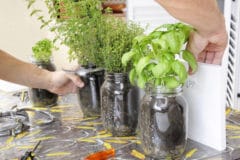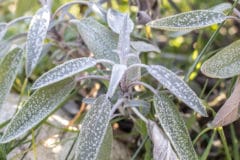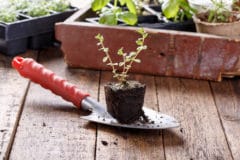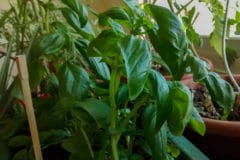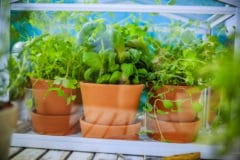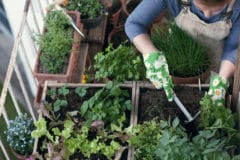Where to place an herb garden?
The vast majority of herbs prefer sunny locations. They only develop their full aroma in plenty of light and direct sunlight. All Mediterranean species are particularly demanding in this respect, and their hunger for the sun can often be seen in the silver-grey leaves.
How to water herbs properly?
In our latitudes, the natural precipitation of planted herbs is usually sufficient for water supply – but it can be too much for Mediterranean herbs. You basically only need to water in long periods of drought. In the case of the moisture-loving species, however, the soil should never dry out completely.
Do you have to fertilize herbs?
A handful of compost in the spring (in the bed about one to two centimetres high apply) all herbs are happy. Annual species as well as the more demanding perennials will treat you to a slightly larger portion and fertilize it again in early summer. Organic fertilizers such as horn shavings and algae preparations are also very suitable.
What to do about snails in the garden?
Snails are a real nuisance in the herb garden. The best way to keep them in check is to take thorough preventive measures: After heavy rainfall, rake the soil surface soon so that the soil can dry off more quickly and thus become uninteresting for the animals. Place small boards or flat stones in the beds under which the snails like to retreat. There you can easily collect them in larger quantities in the morning and evening hours.
How can herbs be reproduced well?
For all annual to biennial species, sowing is the only possible method of propagation. Persistent (i.e. perennial) herbs, on the other hand, can also be reproduced vegetatively, for example by division, cutting or lowering.
- herbs winter properly
Most herbs can stay outside in winter and only need light winter protection in very severe locations.
herbs cut and harvest correctly
The best care and rejuvenation of the herbs consists in the regular harvesting of shoots and shoot tips, depending on the plant species. In woody semi-shrubs, cutting the shoots stimulates branching and therefore promotes beautiful bushy growth. That’s why you should always prune your herbs back vigorously even in spring before new sprouting. Herbaceous species whose shoots die anyway in winter (such as oregano or peppermint), on the other hand, you cut off in autumn or spring near the ground.
Hint
Herbs are best harvested in the late morning hours and the cuttings are collected airily in baskets. In the midday heat, essential oils evaporate and the aroma is lost.
